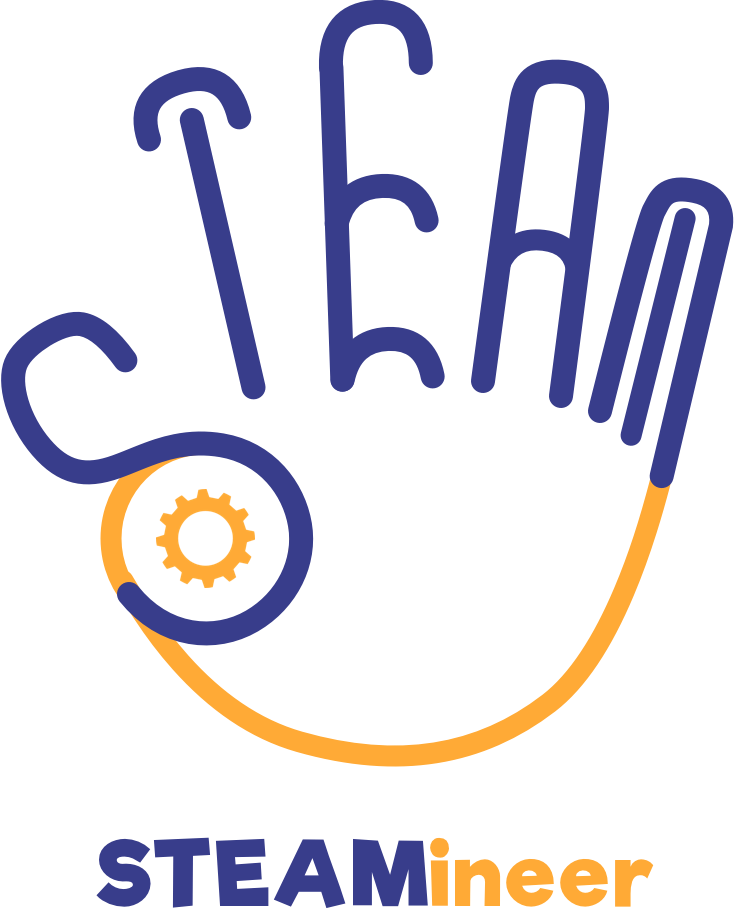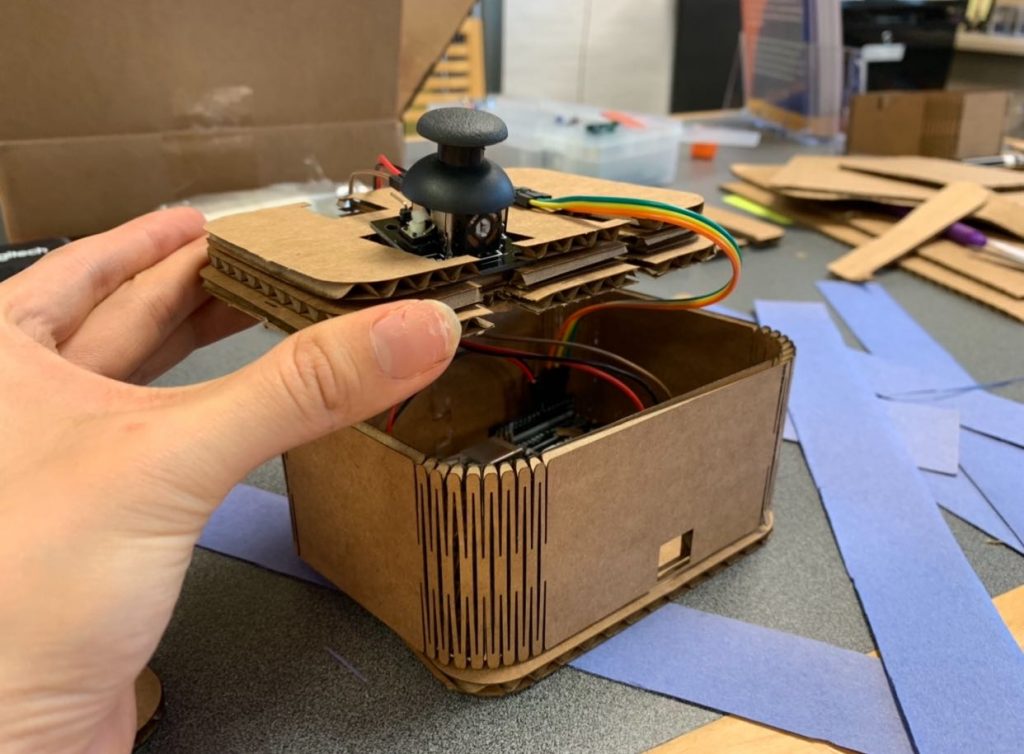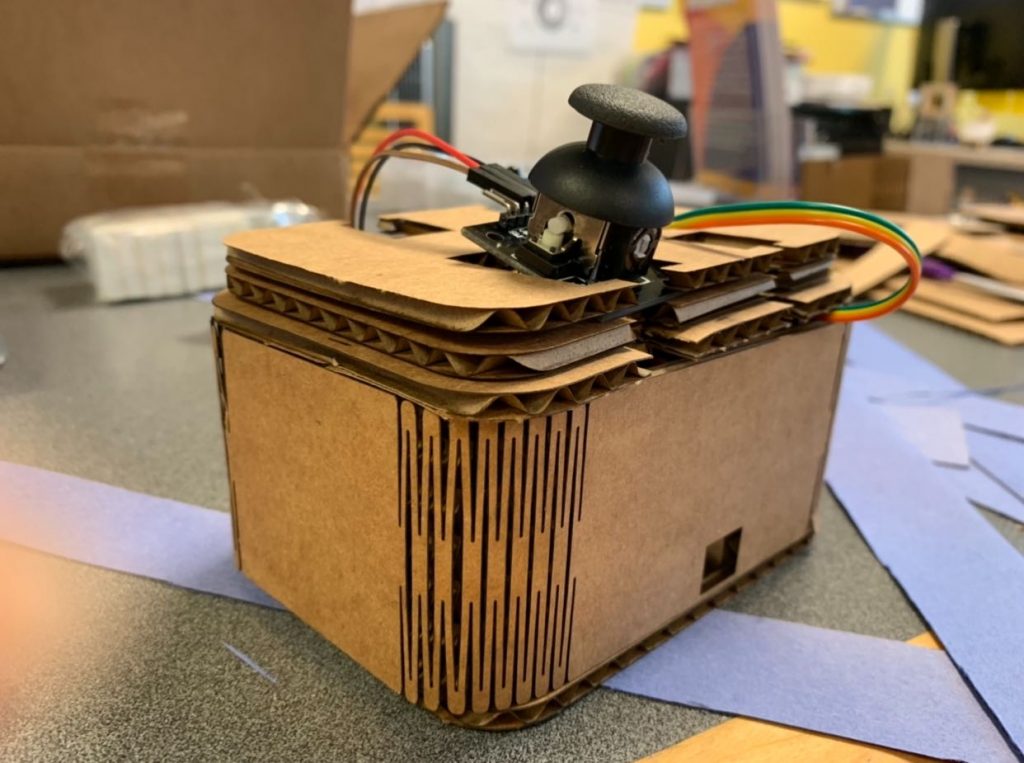Week 8 is “Halves Week”. “Halves” being the halfway-point in the life-cycle of an ETC project. To mark the occasion, ETC project teams present their work so far and intentions for the remaining weeks of the semester to the faculty.
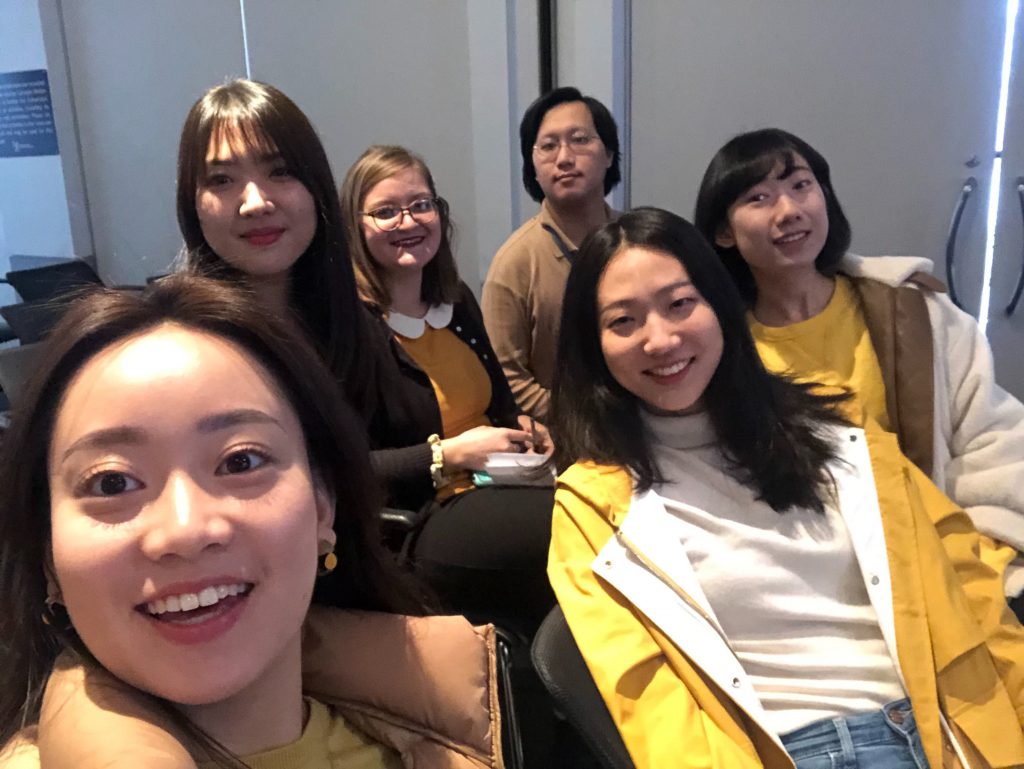
Team STEAMineer presented on Monday afternoon with four other ETC teams. After preparing our presentation, reviewing it with the faculty, and rehearsing over the weekend, we were ready. In 15 minutes the 6 of us took turns speaking about our project, maker-centered learning, the Assemble Makerspace, our submarine prototype, and our deliverable summer camp curriculum activity. Check out our entire presentation here: https://stream.etc.cmu.edu/projects/2020-semester-1/halves/day1/ (We start at 20:23 and end at 34:21. There’s a 5 minute Q&A after.)
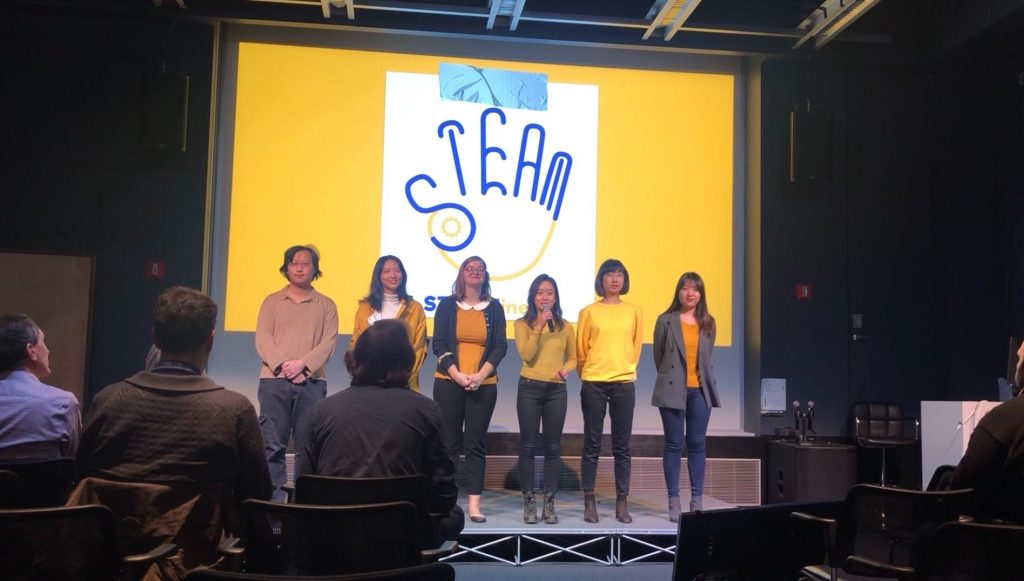
The questions we had about our presentation looked at specifics, like the amount of time we were programming for and how groups were created in our playtests. We also had a question about ensuring open-endedness in our interactions amid a curriculum intended to be sequential. It was a valid question, and highlights both the success of maker-centered learning (open-ended design) and the ineffectiveness of technology-based solutions in maker-centered learning (more limited outcomes). It is something that we continue to return to in our development discussions and something we hope to achieve in our final design. Our feedback from the faculty at halves was primarily positive. They felt confident in the direction we were going in and found the “design-your-own-game-controller-space” intriguing. We needed to clarify how we were making the controllers stable enough to support student interactions, and if our activity would support student modification of the actual video game. They also appreciated our color-coordination.
With the weight of our halves presentation off our shoulders, the remainder of the week was focused on our next playtest at Assemble. Wednesday we would be taking the latest edition of our activity to Assemble Afterschool for playtesting with grades 3-5. The playtest was a continuation of our previous activity playtesting with a playtest of Thames and Kosmos Code Gamer.
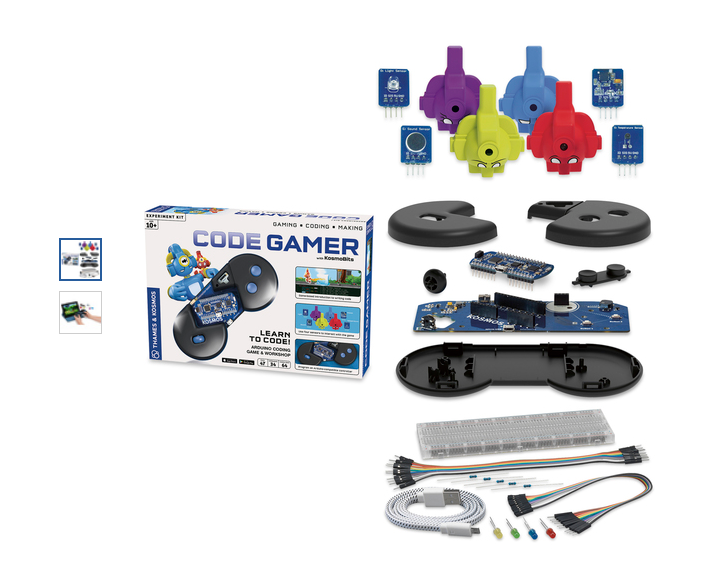
The cardboard casing for the Arduino was updated to try to create something that would provide more support for the Arduino inputs. Our last iteration left too much open space behind inputs. When students would interact with the joystick or buttons, the additional pressure often resulted in the inputs shifting and falling out of place. Using the new casing, students selected which sensors they wanted to implement for the attack and collect functions and played the experience. While one student played the Submarine game with the sensors they selected, the other student would play a game with the Code Gamer controller. This way, the team could have playtesters compare the two interfaces.
We had two sets of two playtesters for a total of four playtesters playing with both controllers. In our first set of playtesters, both playtesters found the process for assembling the Code Gamer sensors to be slow. One of our playtesters did like that you could change out characters on the Code Gamer system. (The characters are cases used to insert different inputs. See picture above.) Both did find the Code Gamer system to be fun to play, but our second playtester found it sensitive. For the submarine game, one playtester wanted different enemies and characters, and other playtester would have preferred having holes on the boxes and an additional joystick.
In our second set of playtesters, we saw similar results. One student did assemble the Code Gamer system quicker than other playtesters, but he found the movement frustrating. The other playtester liked the Code Gamer Controller. For the submarine game, requests from playtesters included more enemies, more ways to attack, and the ability to collaborate with others. One playtester liked the sound sensor and preferred that the sensors be fixed on the box. Between both playtest sessions, we had two playtesters find our interaction more fun than the Code Gamer interaction they playtested.
Wednesday night the Children’s Museum of Pittsburgh was hosting an event for the Association of Science and Technology Centers (ASTC) Board and Conference Planning Committee. The event was held at the MuseumLab and Yifan and Marissa attended the event as representatives of Team STEAMineer and to present the work of the ETC. We presented the submarine interaction with the maze and made it a single player interaction. Instead of one guest turning on lights, an individual guest only had to use the joystick and motor inputs to navigate the sub through the maze. The event guests enjoyed testing out the interaction and it led to interesting conversations about meaningful ways to evaluate student learning and especially student learning with technology.
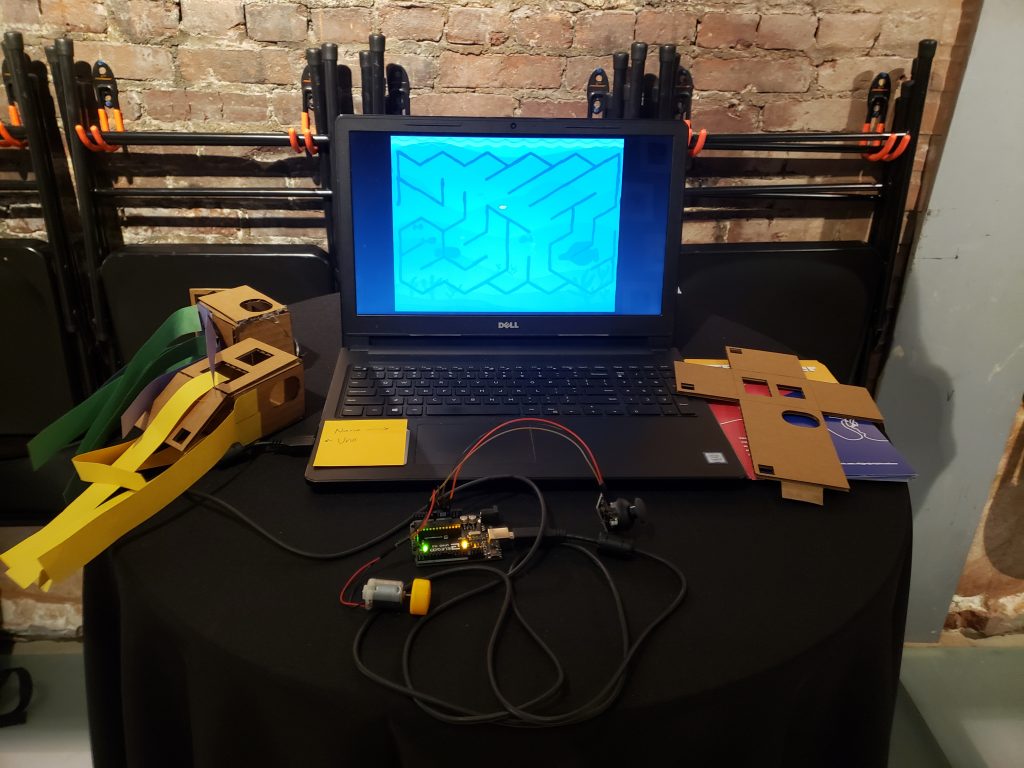
We wrapped up our week meeting with our advisers and meeting as a team to go over next steps and Spring Break Objectives. In a meeting with Dave and Scott, we went over the results of the playtesting. Dave encouraged us to find a way to use game design elements to motivate student investment in the project. He suggested adding multiple levels, or even building a tournament into our curriculum to create competition. We could also optimize for different types of inputs in different levels to encourage student exploration and experimentation. He also suggested finding ways to motivate kids that create controllers that surprise us. As a team, we decided to look into game design opportunities, building materials, and the overall flow of our activities in the camp framework for the remainder of the week.
With the end of Week 8 came Spring Break. Our team parted ways confident in the direction of the project and eager for time to rest. After Spring Break we will be going into full-fledged production on our activity and curriculum.
